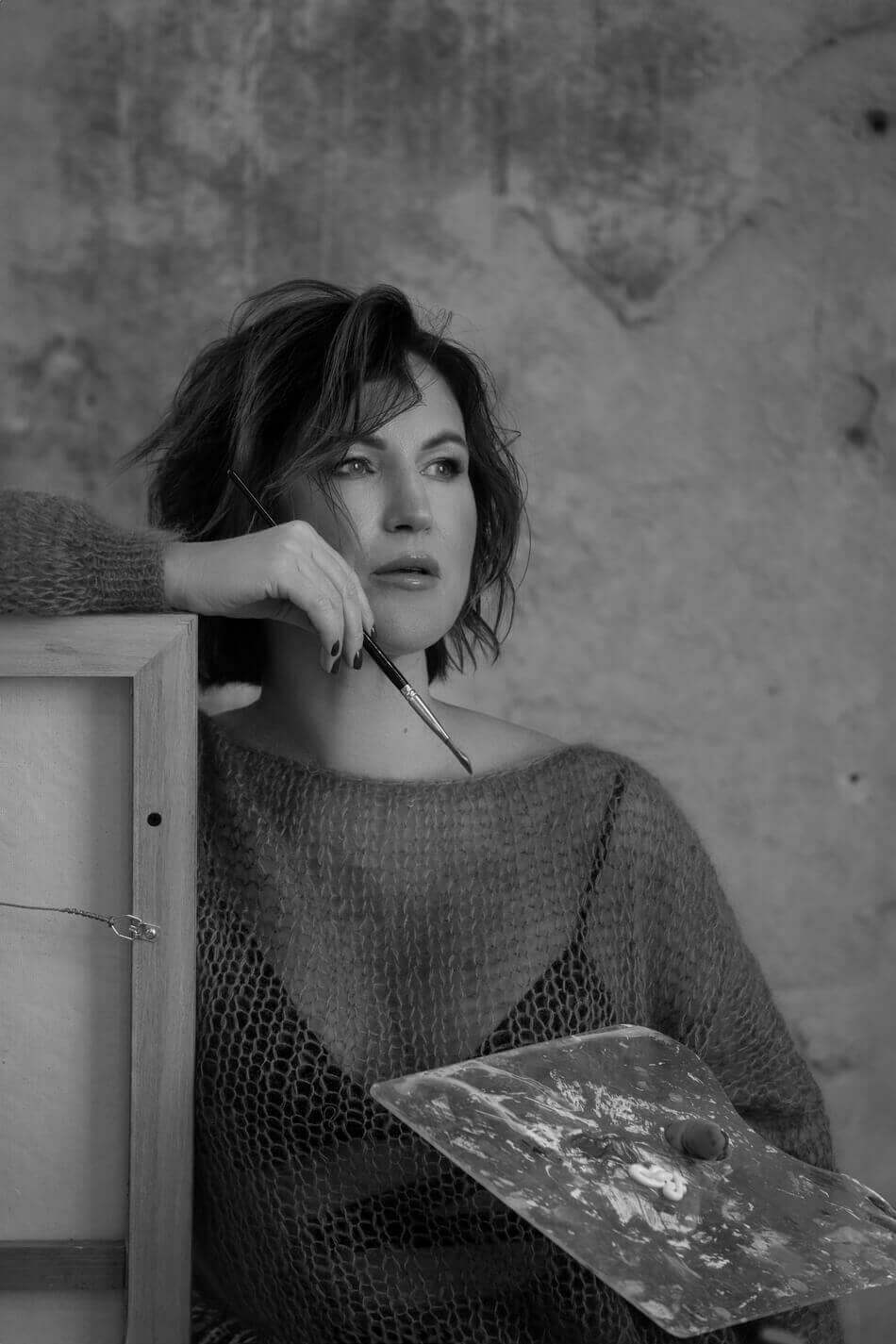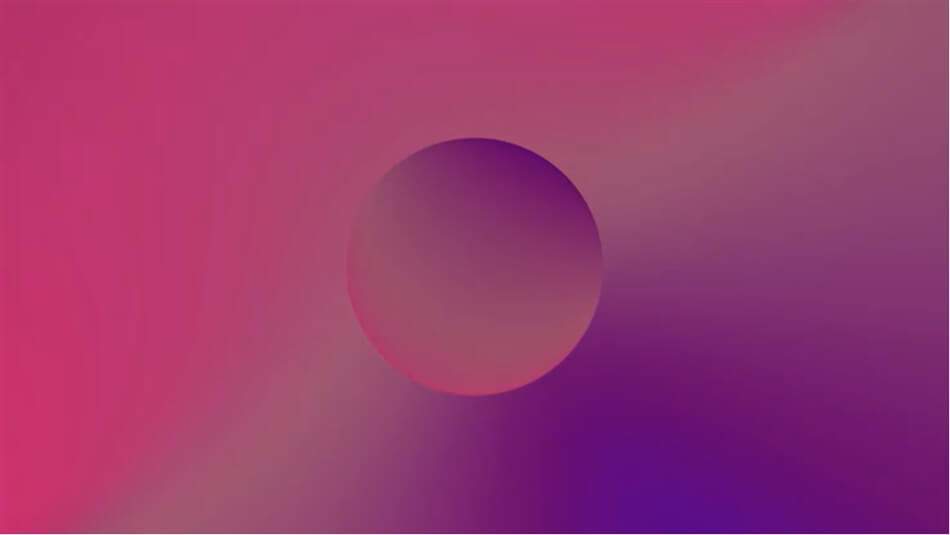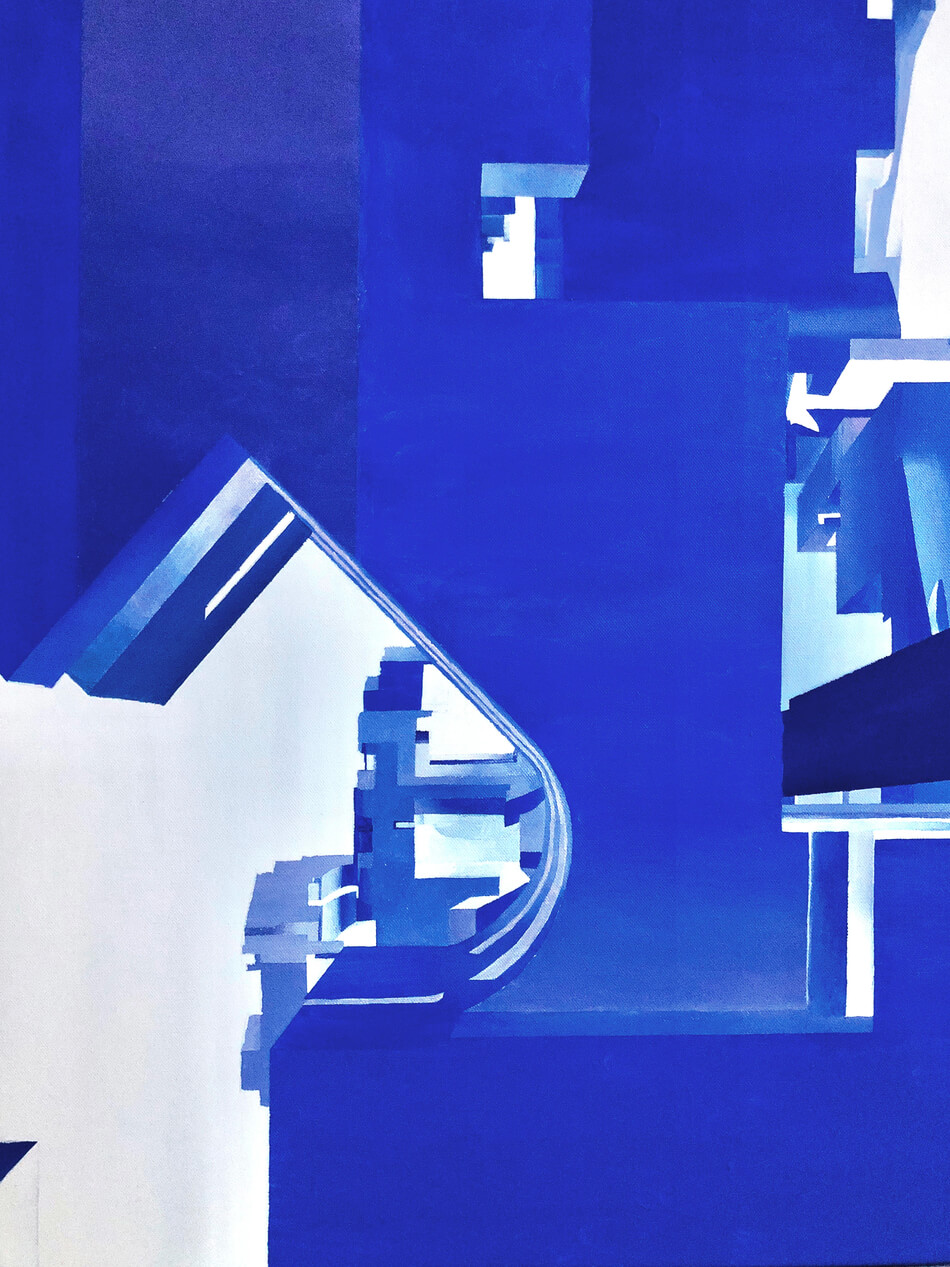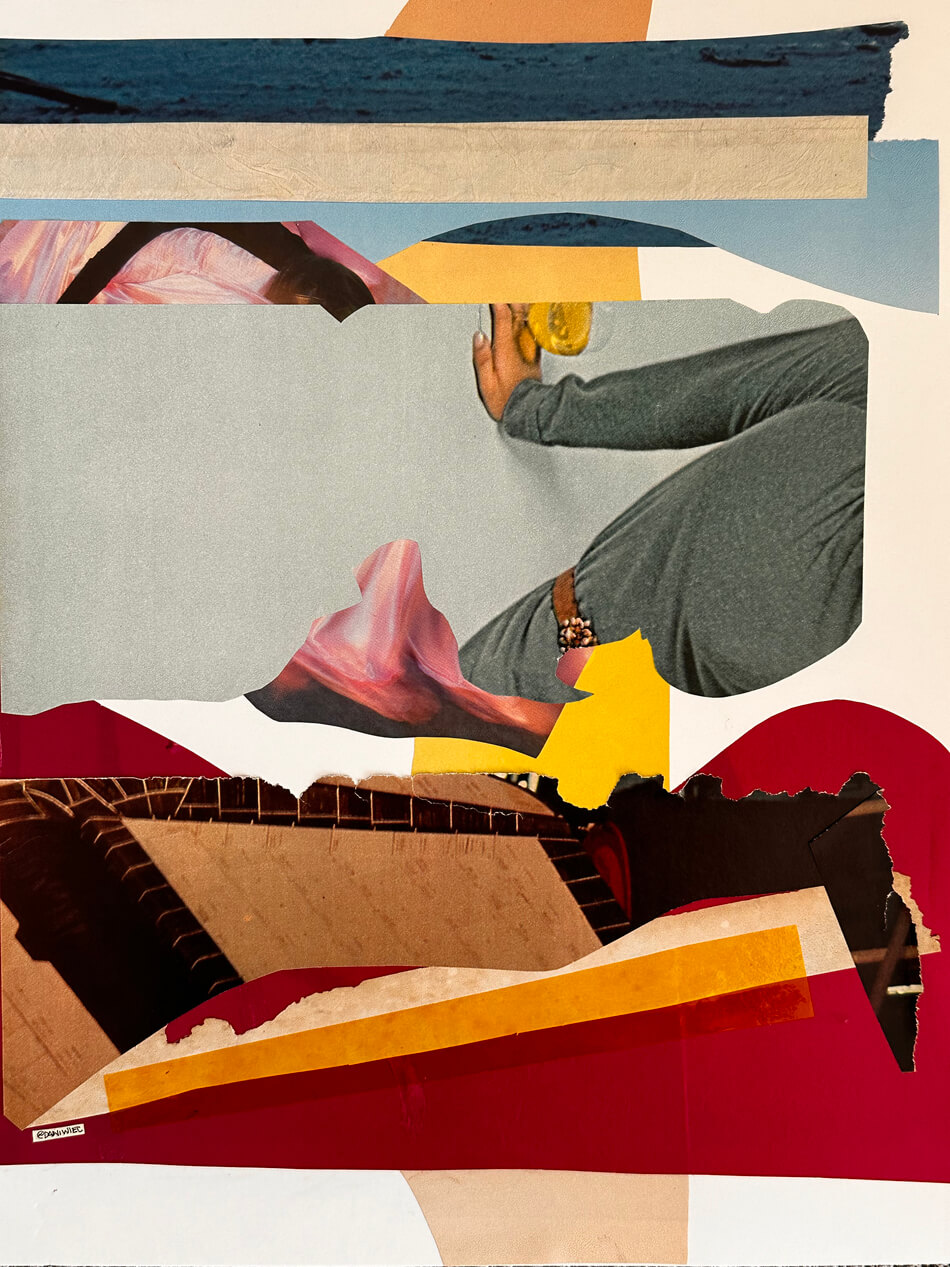
Interview: Lavinia De Rothschild
Luca Curci talks with Lavinia De Rothschild during the 21st edition of VENICE INTERNATIONAL ART FAIR 2025 at Palazzo Albrizzi-Capello, in Venice.
I am a painter working with photography as a primary medium. My images are constructed entirely in front of the lens – no Photoshop, no AI, no digital manipulation. Each work is staged with physical elements and captured as it exists. This deliberate absence of editing reflects a deeper intention: to preserve the truth of the moment, not perfect it. Painting taught me how to work with time, stillness, and emotional layering. Photography allows me to move differently – to hold a fleeting feeling before it disappears. I approach each image as I would a canvas, composing it with precision while allowing space for accident, tension, and breath.
My work is shaped not only by visual traditions but by music and literature – disciplines that taught me how to listen, how to stay with what’s unresolved. I’m drawn to images that whisper rather than shout. Images that don’t just ask to be looked at, but ask to be felt. At its core, my practice explores the fragile space between control and surrender. Between what we show and what we hide. In a world that often values perfection over presence, I choose to leave the cracks visible. I don’t create to explain. I create to ask – quietly, precisely, and with care.

Luca Curci – What is art for you?
Lavinia De Rothschild – Art is a form of remembering – of everything we’ve lost, everything we long for, and everything we can still imagine. For me, art is not decoration; it is confrontation, healing, and transformation. It is the place where language fails, but emotion continues. It lets me ask questions that don’t have answers and offer tenderness where the world has gone numb. Art is how I stay alive – and how I remind others that they are, too.
LC – How did you get into photography? Do you remember why you took your first professional photo?
LDR – I was drawn to photography the moment I realized it could hold silence. There are moments in life – fragile, raw, unspoken – that can’t be captured in words. Photography gave me a way to honor those spaces. I felt like I had been painting for most of my life. But at a certain point, I realized that some emotions, some questions, live in a different realm. Painting requires time – layers, process, and stillness. But there are feelings that happen in a single breath, and photography is the only way to catch them. A moment that would be gone if you tried to paint it.
My first professional photo wasn’t something I planned. It was a moment I saw unfolding that felt honest and fleeting, and I needed to preserve it – not to possess it, but to understand it. That instinct hasn’t changed. I don’t alter my images digitally. No Photoshop, no AI. I use only what’s real, what’s present. To me, that’s where the truth lives. We’re constantly taught to polish ourselves, to conceal our mess and our pain. But I’m more interested in what happens when we let the cracks show. That’s where the human story begins. Through photography, I’m not just documenting – I’m asking. How do we cope with control? What do we choose to show or hide? How does beauty both comfort and complicate our understanding of suffering? I don’t want my work to be looked at. I want it to be felt.

LC – How important is the editing process in your work?
LDR – I don’t edit my photographs. There’s no Photoshop, no AI, no digital manipulation – what you see is what was truly there. Every element is physical, present, and intentional. The scene is built, not altered. The light is real. The imperfections stay. In a world that constantly asks us to perfect, retouch, erase – I choose to leave things as they are. Because the truth, in its rawest form, is far more powerful than anything polished. A shadow falling where it shouldn’t, a wrinkle in fabric, the dust in the corner – these are not mistakes. They are the breath of the image.
I believe beauty lives in what’s unfiltered. That presence can’t be replicated, and that honesty, when we allow it, can move us far deeper than perfection ever could. My work isn’t about control. It’s about surrender – to the moment, to the material, to the emotion that arrives without warning and cannot be staged twice. That’s what I want the viewer to feel: not just what was seen, but what was real.
LC – Which artists have somehow influenced your work?
LDR – What influences me most isn’t always an artist – it’s the ache in a piece of music, the silence after a sentence, the way light lands on something we’re about to forget. Music taught me how to hold emotion without explanation. A single unresolved note can feel like longing, like memory, like a photograph waiting to be taken. There are voices in music that feel like they’re not just performing but confessing. Artists who carry both strength and vulnerability in every breath. That kind of honesty – raw, imperfect, and real – has shaped me deeply. It reminded me that beauty isn’t always polished and that emotional truth can be louder than any perfection.
Words have shaped me just as much. The right line from a writer can fracture me open. I carry those lines with me – they echo in the images I create. I’ve learned that what’s unsaid often speaks the loudest. I’m drawn to subtlety, to restraint, to the in-between. To the work that doesn’t scream but stays. Influence, for me, moves quietly – like water – it reshapes everything without needing to be seen.

LC – What do you think about art on social media? Are they turning into the new showcases of contemporary art?
LDR – Social media has undeniably changed how we experience art – it’s made it more visible, more immediate, and more democratic. In some ways, it has become a new kind of gallery, one without walls, where anyone can share their work, find their audience, and be seen without institutional permission. That’s powerful. But visibility isn’t the same as presence. An image on a screen doesn’t carry the same weight as standing before a piece that holds time, space, and texture. Algorithms can flatten nuance. Attention spans shrink. Art becomes content. And yet, I also believe that something real can still break through all that noise – something honest, vulnerable, and alive.
Social media isn’t the replacement for contemporary art spaces, but it is a reflection of how we hunger for connection and meaning in a fractured world. The challenge is to use it intentionally – not just to be seen but to create moments that make people feel, pause, and question. That, to me, is still the responsibility of art – no matter the platform.
LC – What is the most challenging part about creating your images?
LDR – The most challenging part is holding space for truth – before the image exists, before anything is visible. My work is carefully staged, but it begins in uncertainty. I sit with questions, with emotion, with tension I haven’t yet named. Translating that into something physical – without relying on digital manipulation – requires patience, presence, and trust. Every element must carry meaning. There’s no hiding behind filters or effects. The light, the object, the silence around it – it all has to speak. Often, the hardest part is knowing when the image is ready. When it holds enough, but not too much. When it still breathes.
Creating these images is not just about composition – it’s about vulnerability. Letting something real come through and resisting the urge to make it prettier or easier. That’s where the challenge lives – and also where the work begins to matter.

LC – What do you think about the concept of this exhibition? How did it inspire you?
LDR – Exhibiting in the Palazzo Albrizzi-Capello in Venice felt like entering a space that embraces complexity rather than trying to resolve it. The concept is fluid and alive – it allows for contradiction, tension, and intimacy to exist side by side. It doesn’t ask artists to fit into categories but rather to expand beyond them. It inspired me to lean into the more fragile layers of my work. To trust that discomfort, ambiguity, and silence can be just as powerful as clarity. In a city like Venice, where history and beauty are everywhere, the challenge is to create something that doesn’t just echo the past but interrupts it gently, asks something new, or reveals what usually goes unseen.
This exhibition invited me to be honest. Not only in what I show but in why I show it.
LC – What do you think about the organization of our event?
LDR – There was a quiet generosity in the way this event was organized – nothing felt forced or overly polished. Instead, it felt human, intentional, and deeply respectful of each artist’s voice. The space allowed for stillness and sincerity, which is rare in a world that often rushes past both.
Luca Curci, as director, holds the kind of presence that reminds you why art exists at all. He carries both vision and kindness – a rare balance. In his hands, this event became more than just an exhibition. It became a statement: art still matters, and that meaning still belongs in the room. And that makes all the difference.

Are you an artist, architect, designer? Would you like to be featured on ITSLIQUID platform? Send an e-mail to info@itsliquid.com or fill the form below




